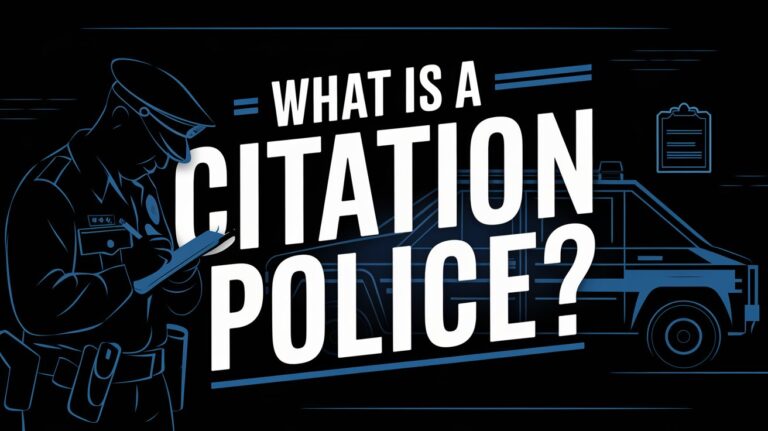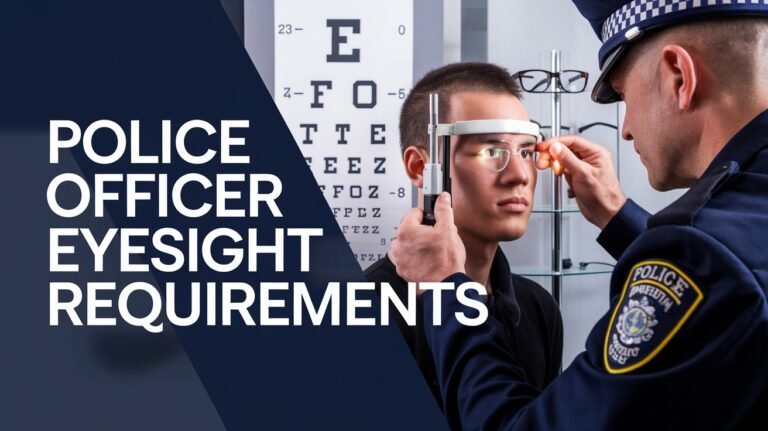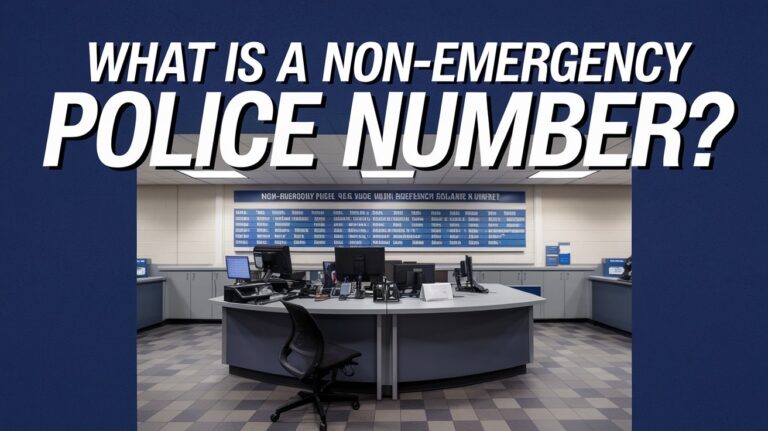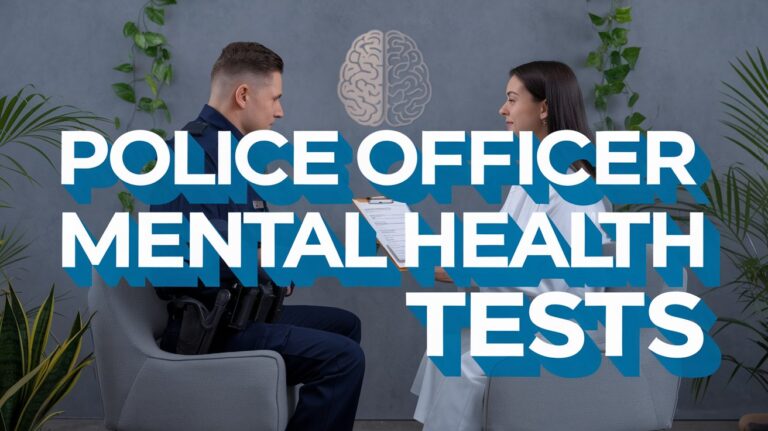What Is a Code 4 for Police? Understanding Law Enforcement Communication
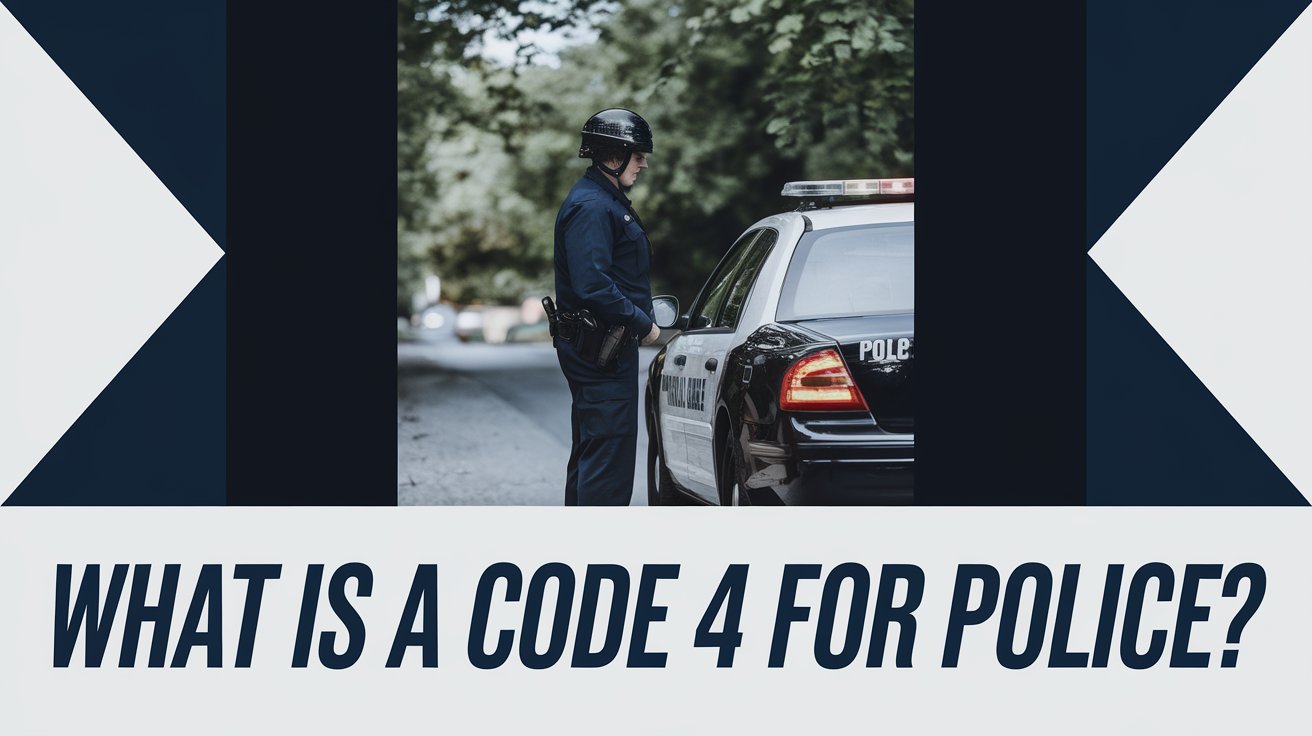
Ever wondered what police officers mean when they say “Code 4”? In police terminology, Code 4 typically indicates that a situation is under control and no further assistance is needed. This simple phrase carries significant weight in law enforcement circles, often bringing relief to officers and dispatchers alike.
Let’s dive into the world of police codes, exploring their origins, meanings, and the crucial role they play in keeping our communities safe. We’ll unpack the specifics of Code 4, its usage, and how it fits into the broader spectrum of police communication.
The Basics of Police Codes
Police codes are a vital part of law enforcement communication. They allow officers to relay information quickly and efficiently, often in high-stress situations where every second counts.
Origin and Purpose of Police Codes
Police codes date back to the early days of radio communication in law enforcement. As radios became standard equipment for officers in the 1930s, the need for clear, concise communication grew. The Association of Public Safety Communications Officials (APCO) developed standardized codes in 1937 to address this need.
These codes serve several purposes:
- Speed up communication
- Maintain privacy
- Reduce confusion in emergencies
- Ensure officer safety
Variations in Code Systems Across Jurisdictions
While many people assume police codes are universal, they actually vary widely depending on location. What means “Code 4” in one city might mean something entirely different in another. This variation can lead to confusion, especially when agencies need to work together during large-scale events or emergencies.
Some departments have moved away from codes altogether, opting for plain language to avoid misunderstandings. However, many still rely on these time-tested systems for day-to-day operations.
Decoding Code 4: Its Meaning and Significance
Now that we understand the basics of police codes, let’s focus on Code 4 specifically.
Definition of Code 4 in Police Terms
In most jurisdictions that use this code, Code 4 means “situation under control” or “no further assistance needed.” When an officer calls in a Code 4, it’s often a welcome sound to fellow officers and dispatchers.
When and Why Officers Use Code 4
Officers might use Code 4 in various situations:
- After securing a crime scene
- When a suspect has been apprehended
- Following the resolution of a potentially dangerous situation
- To cancel a call for backup
By using Code 4, an officer quickly communicates that everything is okay and additional resources aren’t necessary. This helps manage personnel efficiently and keeps other officers available for other calls.
The Broader Context of Police Radio Codes
Code 4 is just one piece of a larger communication system used by law enforcement. Understanding this context helps paint a clearer picture of how police interact and respond to situations.
Common Police Codes and Their Meanings
While codes vary by department, some are more common than others:
- Code 1: Respond without lights or siren
- Code 2: Urgent, respond with lights (no siren)
- Code 3: Emergency, respond with lights and siren
- Code 5: Stakeout
- Code 7: Meal break
These codes allow officers to quickly convey important information without long explanations.
The 10-Code System: A Brief Overview
Many departments use the 10-Code system, which includes codes like:
- 10-4: Acknowledgment (similar to “OK”)
- 10-20: Location
- 10-33: Emergency
- 10-99: Officer needs help
The 10-Code system originated to improve radio transmission clarity. The “ten” prefix gave radios time to warm up before transmitting the important part of the message.
Code 4 vs. Other Emergency Codes
To truly understand Code 4, it’s helpful to compare it to other codes used in similar situations.
Comparing Code 4 to Similar Codes
While Code 4 indicates a situation is under control, other codes might suggest:
- Ongoing danger (Code 3 in many systems)
- Need for backup (often 10-99 or a department-specific code)
- All-clear after a major incident (which might use a different code than routine “situation under control” messages)
The Importance of Context in Code Usage
Context is crucial when interpreting police codes. A Code 4 during a routine traffic stop has different implications than one called during a hostage situation. Officers and dispatchers must consider the full picture when responding to or interpreting these codes.
The Evolution of Police Communication
Police communication has come a long way since the early days of radio. Understanding this evolution helps us appreciate the role of codes like Code 4 in modern policing.
From Morse Code to Modern Radio Systems
In the early 20th century, police relied on Morse code for long-distance communication. As technology advanced, voice radio became the norm, leading to the development of code systems we recognize today.
Modern police communication involves sophisticated digital systems, GPS tracking, and even text-based messaging. Despite these advancements, voice communication and codes remain essential tools for officers on the street.
The Debate: Coded Language vs. Plain Speech
In recent years, there’s been a push in some quarters to move away from coded language in favor of plain speech. Proponents argue that plain language reduces confusion, especially in multi-agency responses.
However, many departments still favor codes for their brevity and ability to convey complex ideas quickly. The debate continues, with Code 4 and similar codes remaining in use across much of the United States.
Code 4 in Popular Culture
Police codes, including Code 4, have made their way into popular culture, shaping public perception of law enforcement communication.
Depictions in Movies and TV Shows
TV shows like “Adam-12” and “CHiPs” popularized police codes, including Code 4, in the 1970s and 80s. More recent shows continue this tradition, though not always accurately.
These portrayals have made codes like “Code 4” familiar to many civilians, even if they don’t fully understand their meaning or use.
Public Perception and Misunderstandings
While pop culture has familiarized the public with some police codes, it has also led to misunderstandings. Many people assume all departments use the same codes or that codes are more common than they actually are in modern policing.
This gap between perception and reality can sometimes create challenges for police departments trying to communicate clearly with the public.
The Impact of Code 4 on Officer Safety
Code 4 plays a significant role in ensuring officer safety during potentially dangerous situations.
How Code 4 Affects Police Response
When an officer calls Code 4, it signals to others that the situation is under control. This prevents unnecessary response, keeping other officers available for other calls and reducing the risk of accidents from multiple units rushing to a scene unnecessarily.
Potential Risks of Misinterpreting Code 4
Misinterpreting a Code 4 can have serious consequences. If an officer mistakenly believes a situation is under control when it isn’t, they might let their guard down or fail to provide needed backup. Clear communication and proper use of codes are crucial for officer safety.
Beyond the Badge: Code 4 in Other Professions
While Code 4 is primarily associated with law enforcement, similar concepts exist in other fields.
Similar Codes in Emergency Services
Firefighters and emergency medical services (EMS) use their own code systems. While they might not use “Code 4” specifically, they have similar ways of indicating that a situation is under control or that no further assistance is needed.
Adaptations in Non-Law Enforcement Fields
Some businesses, particularly those dealing with security or emergency response, have adopted systems similar to police codes. For example, a retail store might use codes over the PA system to alert staff to various situations without alarming customers.
The Future of Police Codes and Communication
As technology evolves, so too does police communication. The future of Code 4 and similar codes is tied to broader trends in law enforcement technology and policy.
Technological Advancements in Police Radio Systems
Modern police radios are far more sophisticated than their predecessors. Digital systems allow for clearer communication, GPS tracking, and even text-based messaging. These advancements might reduce the need for traditional voice codes in some situations.
Potential Changes to Coding Systems
Some departments are moving towards plain language systems, while others are updating their codes to better fit modern policing needs. The future might see a mix of traditional codes like Code 4 and new, more flexible communication methods.
Conclusion: The Continuing Relevance of Code 4 in Modern Policing
Code 4 remains an important part of police communication in many departments across the United States. Its simple message – “situation under control” – continues to play a crucial role in managing police resources and ensuring officer safety.
As we’ve explored, Code 4 is more than just a simple phrase. It’s part of a complex system of communication that helps law enforcement operate efficiently and effectively. Whether it will remain in use in the coming decades remains to be seen, but for now, Code 4 continues to be a reassuring sound for officers and dispatchers alike.
Understanding police codes like Code 4 helps us appreciate the challenges and complexities of law enforcement communication. It’s a reminder of the ongoing efforts to keep our communities safe, often communicated in just a few simple words over a radio.

